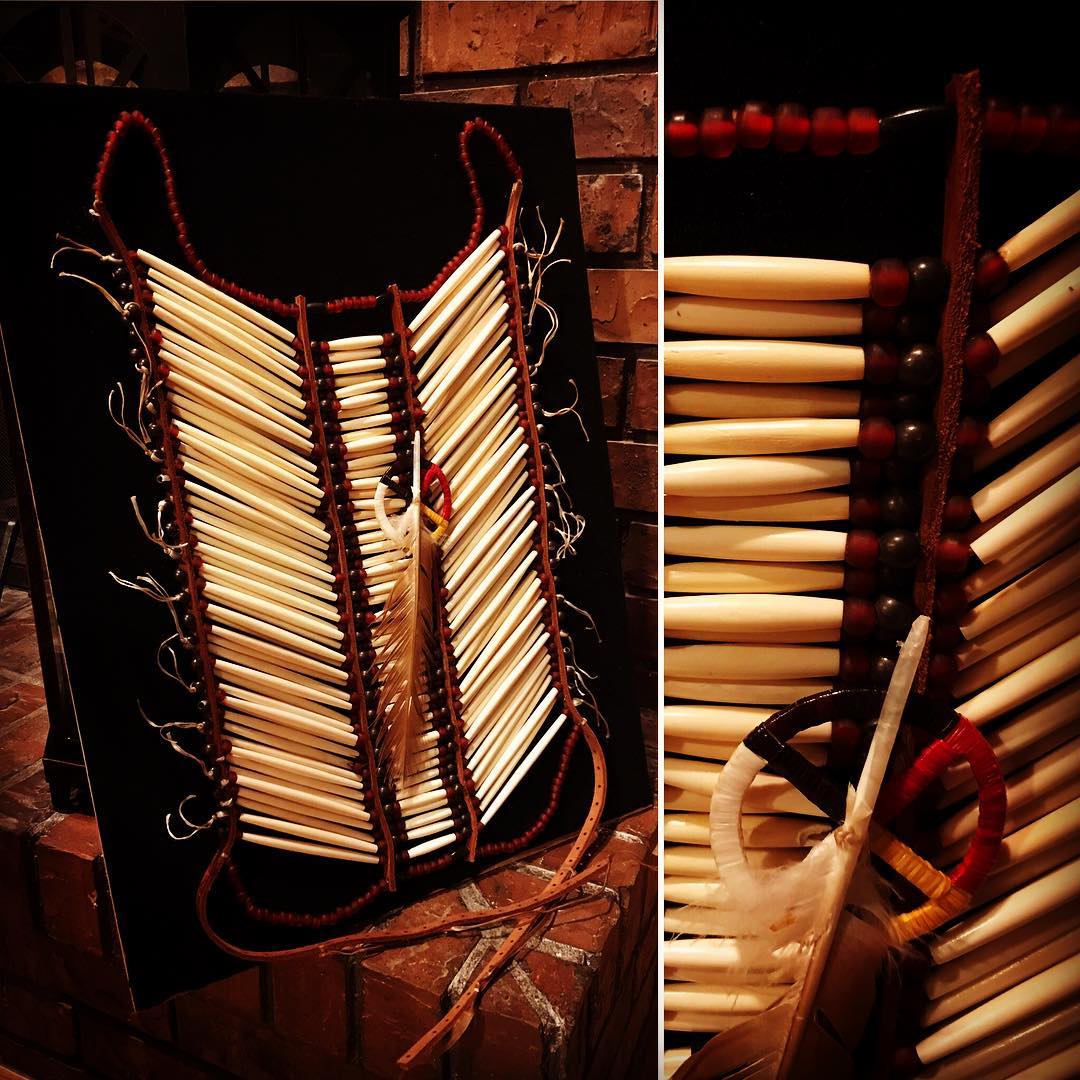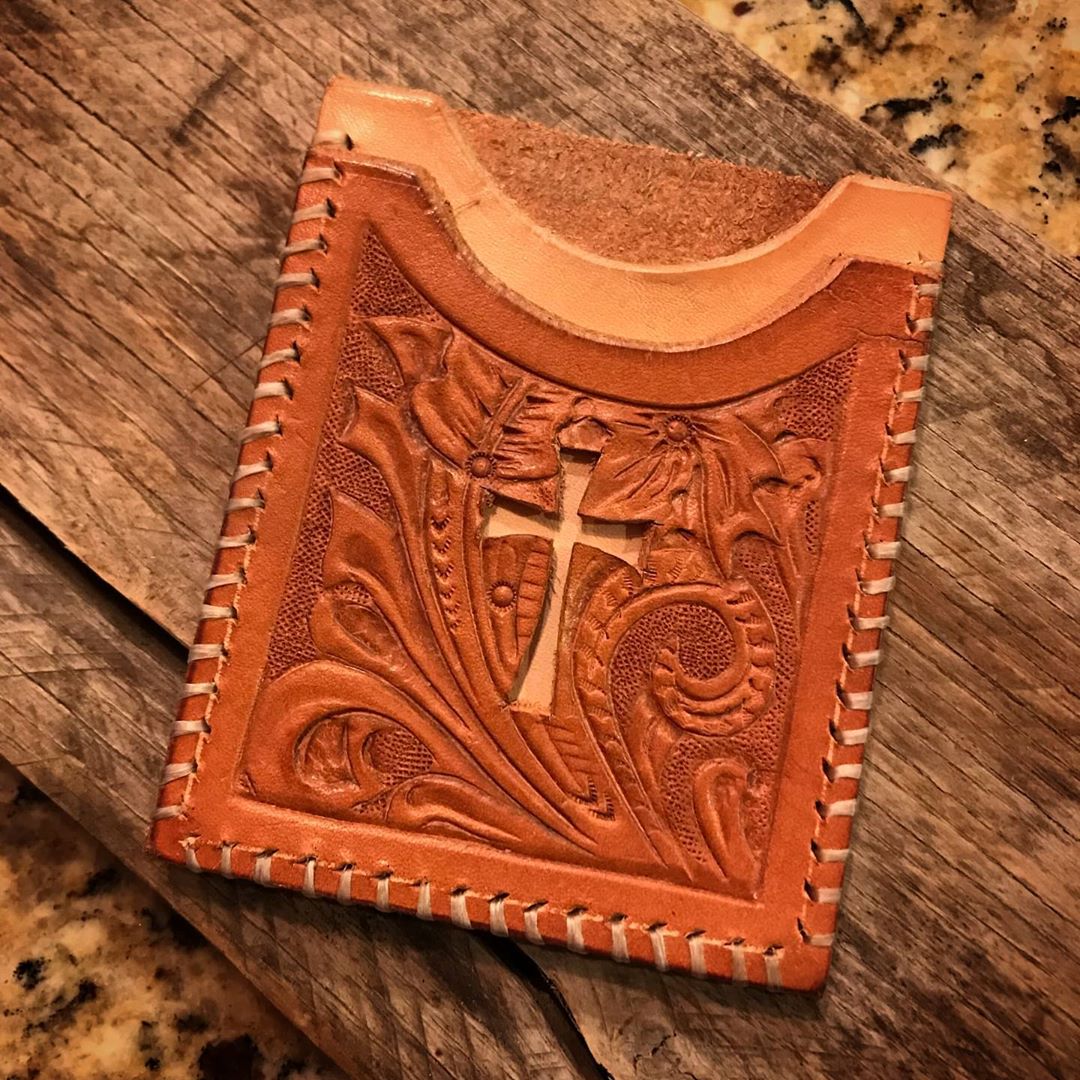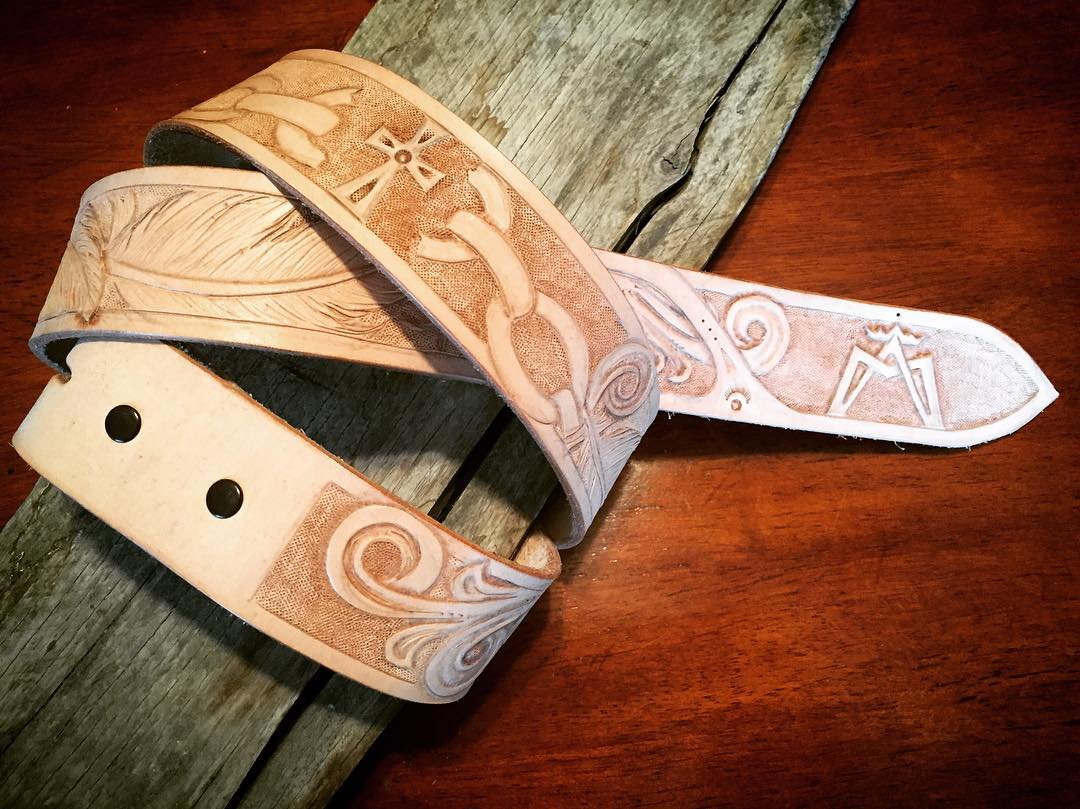
After graduating from college, I found myself stuck in a job making cold calls trying to sell advertising. I quickly realized this was NOT what I had in mind for the next 50 years of my life.
Everyday was a bit of a punch in the face. My ‘happy place’ was drawing and I studied art all the way up through college. But like so many other stifled creatives, I was told you can’t make any money ‘doing’ Art.
Well, after trying to conform to the masses, wearing a suit and tie in the real world, I came to the conclusion that I’d rather starve than die a slow death in a cubicle. That’s when the Holy Spirit took the wheel.
I visited with a good friend who told me about a Jesuit Priest who had just returned from Mission work on the Pine Ridge Indian Reservation. I spoke with him and immediately felt the Holy Spirit nudging me to follow Him.
Follow Him, to the middle of where? To nowhere, that’s where… I mean the closest Walmart was over an hour away. At least that’s how I gauged my reality at the time. The nearest bar on the other hand was within walking distance – the infamous White Clay. Selling over 3 million cans of beer to a ‘dry’ (i.e. alcohol was forbidden) reservation. “Where did you want me to go again?” – I felt a bit like Jonah…
Yet, unable to shake the pull, I quit my job and moved to ‘The Rez.’ I spent 2 years teaching art to middle school students at Red Cloud Indian School. Or I should say they taught me 😉
The kids there were so inspirational and artistic. Many of them coming from horrible environments, yet so full of Hope. I learned a great deal about life and God while I lived with the Native Americans, and would recommend it to anyone looking for the true meaning of life. A life in service to others.
I’m squirming as I write this because I am NOT a good person and am in no way deserving of any ‘good thoughts’ from you, the reader, about my character. I am very broken but know THIS is what filled my soul and I’m confident this type of mission would fill yours too! It just takes a leap – sometimes a Big Leap.
This letting go of what I thought was the Way, was what actually opened my eyes to the Truth. Because of this, I try to honor my friends in Pine Ridge, by incorporating some of their design into my work. Also, 10% of all profits are donated back to the kids at Red Cloud and the Holy Rosary Mission.
Even if you don’t ever buy a single product from me, I encourage you to learn more about Holy Rosary Mission and the beautiful people who live there. There is even an art center (The Heritage Center) where you can buy hand made goods from families living on the reservation. Please support them and pray for them.
Thank you for reading a little bit about my journey and may God Bless you abundantly!!!





